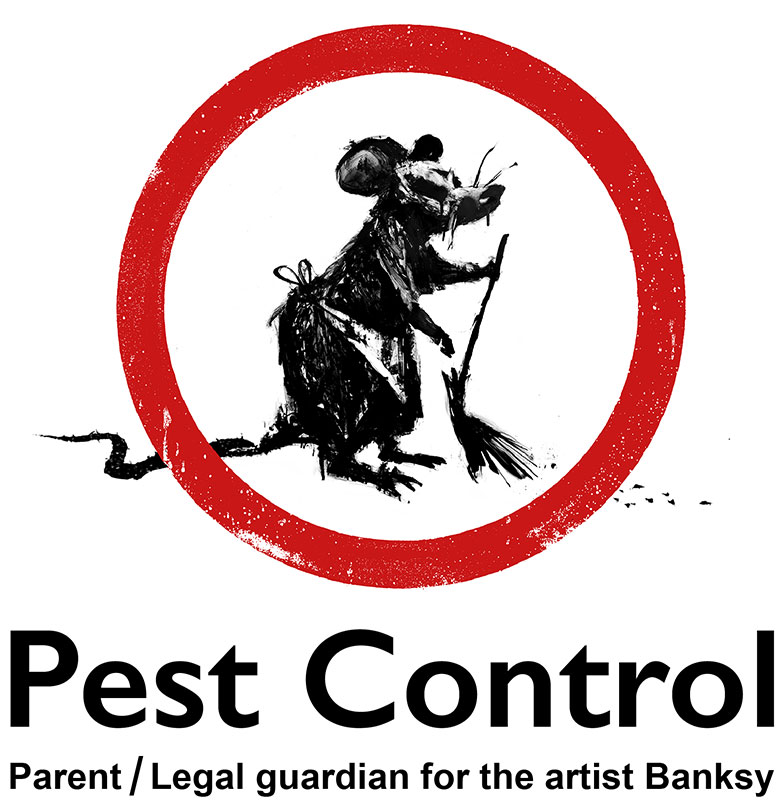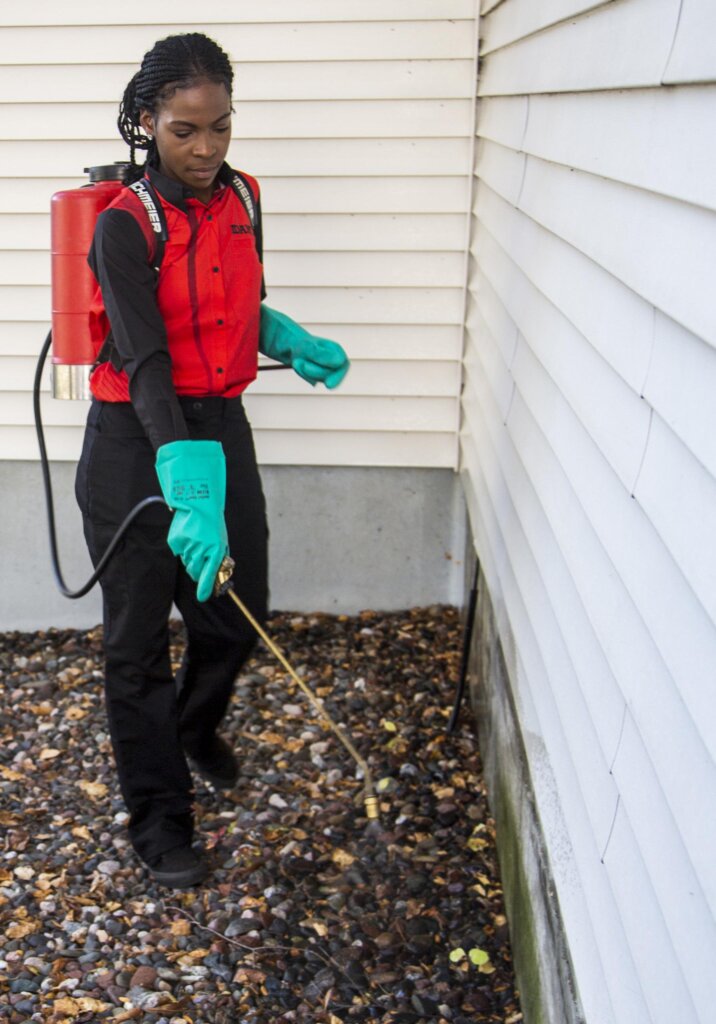Reliable A1 Bed Bug Exterminator Charlotte - Eliminate Bed Bugs Quick
Wiki Article
Bed Insect Treatment Failure: Contrasting Chemical Vs. Non-Chemical Solutions
In the world of parasite control, specifically when dealing with the relentless issue of bed pests, the choice between chemical and non-chemical treatment remedies can be a crucial one. Both methods supply distinctive benefits and drawbacks, influencing elements such as effectiveness, safety and security considerations, and general expense. By checking out the nuanced details of each method, a more clear understanding of which path to pursue in addressing a bed insect problem can be attained.Efficiency of Chemical Treatments
Chemical therapies for bed insect invasions have been commonly acknowledged for their rapid and potent effectiveness in eradicating these insects. When thinking about the performance of chemical therapies, it is crucial to recognize that they can give a complete and quick option to a bed insect problem. Specialist pest control specialists frequently rely on insecticides to target bed insects at different phases of their life process, including adults, nymphs, and eggs. These chemicals normally work by interfering with the bed pests' nerve system, leading to paralysis and ultimate fatality.Furthermore, chemical treatments have the benefit of offering recurring effects, indicating that they can continue to eliminate bed pests even after the preliminary application. This residual activity is especially useful in combating any type of prospective re-infestations. Furthermore, the quick action of chemical treatments can bring relief to people facing extreme bed bug invasions, permitting them to gain back control of their home swiftly.
Safety Worry About Chemical Solutions
One essential facet that requires mindful factor to consider when using chemical remedies for bed bug treatment is making certain the safety of owners and the atmosphere. While chemical treatments can be effective in eliminating bed bugs, they might posture risks if not managed effectively. One of the key safety and security interest in chemical solutions is the prospective damage they can create to human health and wellness. Direct exposure to certain chemicals used in bed pest treatments can cause respiratory concerns, skin inflammation, or various other negative responses, especially in people with pre-existing problems or sensitivities. Furthermore, improper application or dosage of chemical pesticides can result in toxic deposits sticking around in the cured location, presenting lasting health threats to passengers.Moreover, the environmental impact of chemical options is an additional substantial factor to consider. Some pesticides used in bed insect therapies may be harmful to advantageous insects, wildlife, and ecosystems if they leach right into the soil or water supply. It is important to utilize chemical treatments deliberately, following security guidelines, and thinking about much less toxic choices to mitigate these threats and guarantee the effective and secure administration of bed insect infestations.
Benefits of Non-Chemical Techniques
Taking into consideration the potential safety worries and environmental impact connected with chemical solutions for bed pest treatment, discovering non-chemical methods provides an appealing alternative with a number of unique benefits. Non-chemical techniques provide a safer alternative for houses, especially those with pet dogs, individuals, or youngsters delicate to severe chemicals. These techniques remove the threats of direct exposure to poisonous substances, reducing the capacity for damaging wellness impacts. Additionally, non-chemical treatments are eco-friendly, as they do not add to air or water pollution, making them a lasting selection for pest control.Additionally, non-chemical remedies can be effective in targeting bed bugs, consisting of hard-to-reach areas where chemical therapies might not penetrate - A1 pest control services charlotte. Techniques such as warmth therapy, vacuuming, heavy steam cleaning, and cushion coverings offer comprehensive removal without the usage of hazardous chemicals.
Limitations of Non-Chemical Treatments

In addition, non-chemical treatments often need multiple applications to achieve effective elimination. This can be taxing and might not constantly guarantee full elimination of all bed pests and their navigate to these guys eggs, particularly in hard-to-reach or covert areas.
Furthermore, the success of non-chemical treatments greatly counts on correct execution and thoroughness, which can be testing for individuals without expert competence. Inadequate application of non-chemical approaches may cause insufficient removal, bring about persistent problems and the requirement for added treatments.
Therefore, while non-chemical therapies have their advantages, it is necessary to recognize these limitations and consider them when figuring out one of the most efficient method for managing bed insect problems.
Price Contrast: Chemical Vs. Non-Chemical Options
Offered the limitations related to non-chemical treatments, an important aspect to examine in the context of bed pest administration is the cost contrast in between chemical and non-chemical alternatives. Chemical treatments commonly involve the application of pesticides by specialists, which can range from $250 to $900 per space, depending upon the intensity of the problem and the size of the area to be dealt with. In contrast, non-chemical therapies like warm therapy or heavy steam can be a lot more pricey, with prices varying from $1,000 to $6,000 for a whole home. While the initial price of chemical therapies might seem lower, numerous therapies may be required to fully get rid of the problem, possibly enhancing the overall expense. On the various other hand, non-chemical alternatives might supply a more environment-friendly and lasting remedy, although they can be cost-prohibitive for some individuals. Eventually, when considering the cost of bed insect therapy choices, it is essential to evaluate the upfront expenses against the effectiveness and lasting sustainability of the picked approach.Conclusion

Thinking about the potential security concerns and ecological impact associated with chemical solutions for bed insect treatment, checking out non-chemical approaches provides an encouraging alternative with several distinctive advantages.Given the restrictions connected with non-chemical therapies, a necessary aspect to evaluate in the context of bed bug management is the cost comparison between chemical and non-chemical options. In comparison, non-chemical treatments like warm therapy or steam can be a lot more expensive, with prices varying from see it here $1,000 to $6,000 for an entire home. While the initial expense of chemical treatments may appear lower, numerous treatments might be needed to completely remove the invasion, possibly raising the total cost.In final thought, when contrasting chemical and non-chemical bed insect treatment options, it is vital to think about efficiency, safety and security, advantages, limitations, and expense.
Report this wiki page